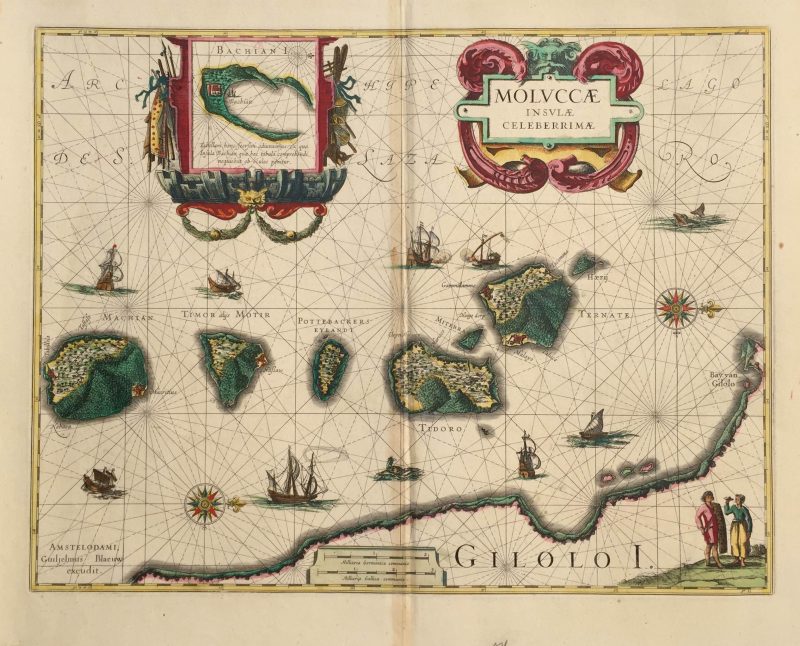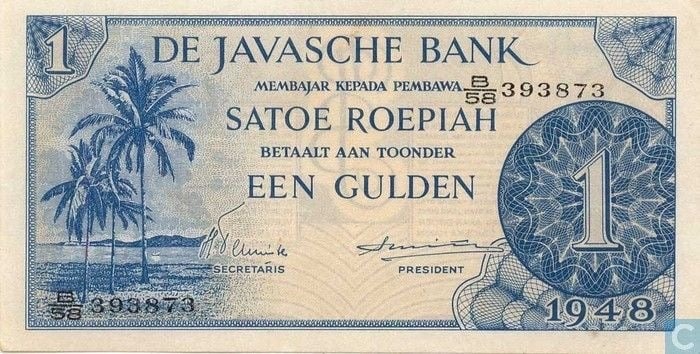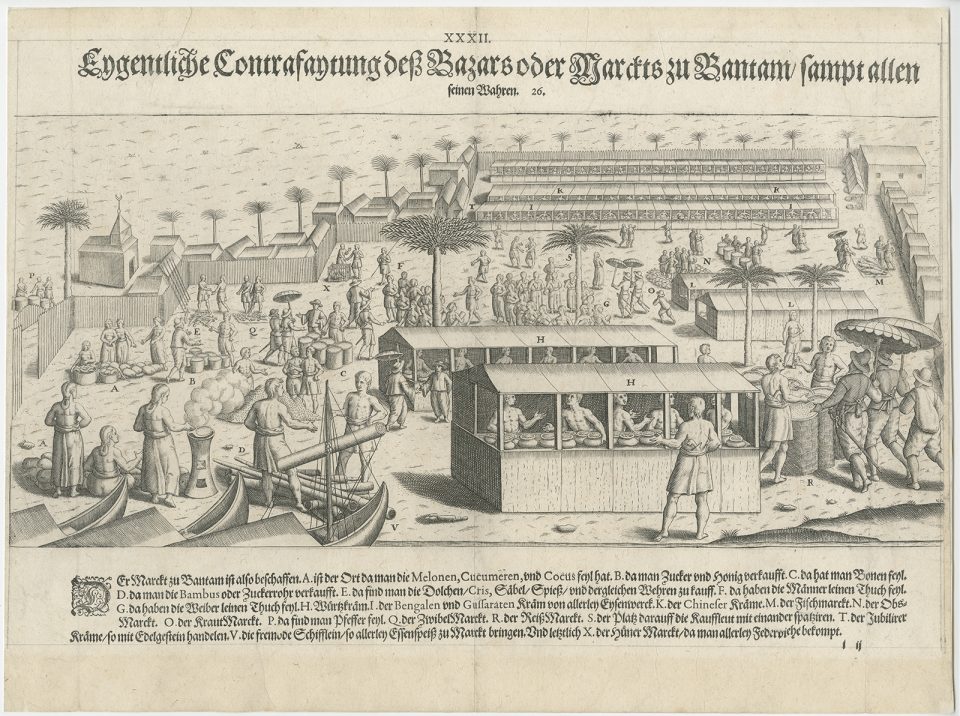Studying the Indonesian economy from a historical perspective is essential.
A deep understanding of history is needed to support sustainable development planning in every era. Here’s a brief history lesson on Indonesia’s economy…
Indonesia’s geographic location, natural resources, and people have contributed to its economic history. As to have foreign contacts and international trade with overseas counterparts. Therefore, Indonesia has been highly influenced by the Indian, Chinese, Arab, and European traders who participated variously in the spice trade, war, and annihilation.
Rice agriculture and the trading of forest products such as tropical fruits, hunted animals, plant resins, rattan, and hardwood made up the economy during the Hindu Kingdom and Buddhist Kingdom period. Traders worldwide sought the abundance of natural resources in the archipelago. Small, Indianised trading kingdoms in the early fourth century were in touch with other major civilisations in the Asian mainland, namely India, and China. Polities in the archipelago soon grew into a thriving, healthy, and cosmopolitan trading empire.
Then, the Portuguese arrived. Their quest to dominate the source of the lucrative spice trade in the early 16th century saw the establishment of trading posts and forts in the archipelago. Next, the VOC was founded in the early 17th century. Aimed at profiting in intra-Asian trade and establishing a direct spice trade between the archipelago and Europe, the VOC enjoyed huge profits from its spice monopoly through most of the 17th century. Coffee and sugar became the most important products and Java became the most important arena for trade.
Over the next two centuries, the VOC acquired additional ports as trading bases and safeguarded their interests by taking over surrounding territory. The Dutch East Indies fell to the invading forces of the Japanese Empire in 1942. Many basic necessities were scarce and some regions suffered a famine.
According to a study by Joost Mellegers on the public finances of Indonesia in 1817-1940, both government revenues and government expenditure were reconstructed in 1817-1940. Looking at only the central government and not the local authorities, the figures represent the actual revenues received and expenditure made by the central government. By the early 21st century, Indonesia had flourished to be the largest economy in Southeast Asia; one of the emerging market economies of the world; a member of the G20 major economies; and also classified as a newly industrialised country.
Economic growth can be said to be an indicator of the success or failure of a government in running, managing, and building a country. Though there are challenges, President Joko Widodo (Jokowi) has repeatedly conveyed that the key to economic growth is welfare distribution. According to one of the Nobel Prize winners in economics, economic growth is achieved by three factors, namely an increase in the stable supply of goods, technological advances, and the efficient and effective use of technology.
Author Anne Booth wrote the book “The Indonesian Economy in the Nineteenth and Twentieth Centuries” in 1988, in which she describes Indonesia’s economic history, characterised by the somewhat dreary phrase:
“a history of missed opportunities”.
Despite its rich natural resources and a great variety of cultural traditions, the Indonesian economy has been underperforming for large periods of its history – thus, the missed opportunities. For various reasons, Indonesia suffered from severe incidents that prohibited further expansion.
Indonesia eventually ceased being a colony on August 17, 1945, when Sukarno and Hatta proclaimed independence. Although, full independence was only acknowledged by the Netherlands after four years of violent conflict, on December 27, 1949.
Indonesia experienced three economic phases in the era of President Sukarno (1945-1967). The first phase was the post-independence economic structuring, the phase of strengthening the economic pillars, and the crisis phase that resulted in inflation. The Central Bureau of Statistics measured economic growth as 5.74 percent in 1961. It dropped to minus 2.24 percent in 1963 and then boosted to 3.53 percent in 1964. The figure was still positive until his era ended – 2.79 percent.
Macroeconomic instability, a lack of foreign investment, and structural rigidity formed economic problems that were closely linked with the political power struggle in the nation. Sukarno had an outspoken dislike of colonialism. His efforts to eliminate foreign economic control weren’t always supportive of the struggling economy of the new sovereign state. However, the unitary state establishment and the settlement of major political issues were essential for the development of a national economy.
The year 1966 saw the emergence of commercial banks in Indonesia. A financial system hardly existed beforehand. The Indonesian financial system developed in five phases, from 1966 to the present day. The first period – 1966 to 1972 – was its formative period, the second from 1973 to 82 saw a policy-based finance period under soaring oil prices, the third between 1983 and 1991 was a period of financial reform, the fourth phase of 1992 to 1997 was a time of expansion. The current time starting in 1998 is seen as a period of financial restructuring.
Serving the longest period of administration, President Suharto’s reign saw many ups and downs. In 1967, he issued Law (UU) Number 1 of 1967, concerning the foreign investment; opening the doors for foreign investors to bring money into Indonesia. Suharto created a Five-Year Development Plan (Repelita) which encouraged self-sufficiency. This program boosted Indonesia’s economic growth until it reached 10.92 percent in 1970.
Unfortunately, economic activities at the time were centred on the government and controlled by the president. The “New Order” (Orde Baru) rejected political mobilisation and socialist ideology and also established a tightly controlled regime that discouraged intellectual enquiry. New flows of foreign investment and foreign aid programs were attracted and a transformation of a predominantly agricultural economy to an industrialising economy took place.
Meanwhile, President Baharuddin Jusuf (BJ) Habibie’s regime was transitional. The recovery of economic conditions from a growth position of minus 13.13 percent in 1998 grew to 0.79 percent in 1999. Habibie undertook various financial and monetary policies and brought the Indonesian economy into a time of revival.
Core factors that brought about the 1997 economic crisis in Indonesia were the exchange rate of the Rupiah, quickly rising short-term foreign debt, and the weak financial system. The origins, economic consequences, and socio-economic impact of the crisis are still under discussion.
Abdurrahman Wahid, aka Gus Dur, continued Habibie’s struggle to boost economic growth after the 1998 crisis. Gus Dur implemented a policy of fiscal decentralisation and regional autonomy. Then, the government also applied local taxes and levies. During Megawati’s reign, Indonesia’s economic growth continued to increase gradually from year to year during 2001-2004. Signs of a more consistent improvement were clear, along with political reforms which changed the economy. At the end of her administration, Indonesia’s economy was growing by 5.03 percent.
The country’s economic growth under the leadership of Soesilo Bambang Yudhoyono (SBY) was relatively stable. Growth figures were quite encouraging at the beginning of his administration. In 2008, imports were relatively high. By 2009, at the end of the first period and the start of his second term, Indonesia’s economy slowed down to 4.63 percent growth. The slowdown was impacted by the global financial crisis. Global commodity prices rose, which were impacted by raised rates from the Federal Reserve in the United States. However, in that same year, Indonesia’s economic growth was the top three in the world.
Current President Jokowi focuses on the structure of the state budget by encouraging investment, infrastructure development, and carrying out efficiencies so that Indonesia will be more competitive. The graph of Indonesia’s economic growth has been showing figures below the previous era.




